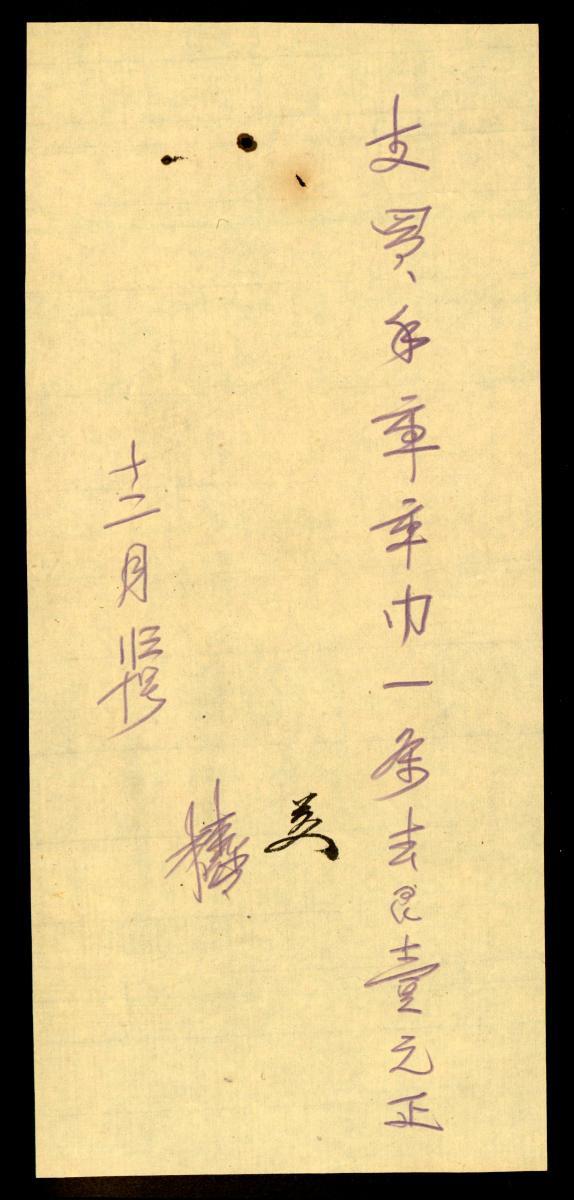The painting "Evil Eye” marks a compositionally exceptional and early example of Pacita Abad’s trapunto paintings. Inspired by the life-sized stuffed and painted dolls made by her friend and fellow artist Barbara Newman based in Boston, and named after the stuffing technique used in 14th century Sicily, Italy, Pacita’s trapunto painting began around 1981. Sewing the topmost fabric onto a muslin base using a simple running stitch, these pockets were carefully stuffed to create high relief. Compared with other works from the same period, Evil Eye stands out for its radial and non-referential composition, acquiring an abstract quality that differentiates it from works that describe forms in greater detail. Read within the wider context of her work, Pacita’s trapunto paintings see her move beyond the confines of conventional painting that was concerned with social realist themes. Begun shortly after her return to Boston from Africa, Evil Eye can be read as an early assertion of a vibrant visual language that Pacita continues to develop throughout her life. Centred around a nucleus densely packed with multicoloured yet carefully coordinated buttons, Evil Eye bears dense and interlocking patterns that can be seen as a reflection of Pacita’s deep interest in the ethnic cultures she encountered both growing up and throughout her travels to places such as Bangladesh, Sudan, Papua New Guinea, the Dominican Republic and Indonesia. On the underside of Evil Eye, numerous running stitches are visible, revealing the labour of stitching and stuffing which undergirds the robust texture of the work.















